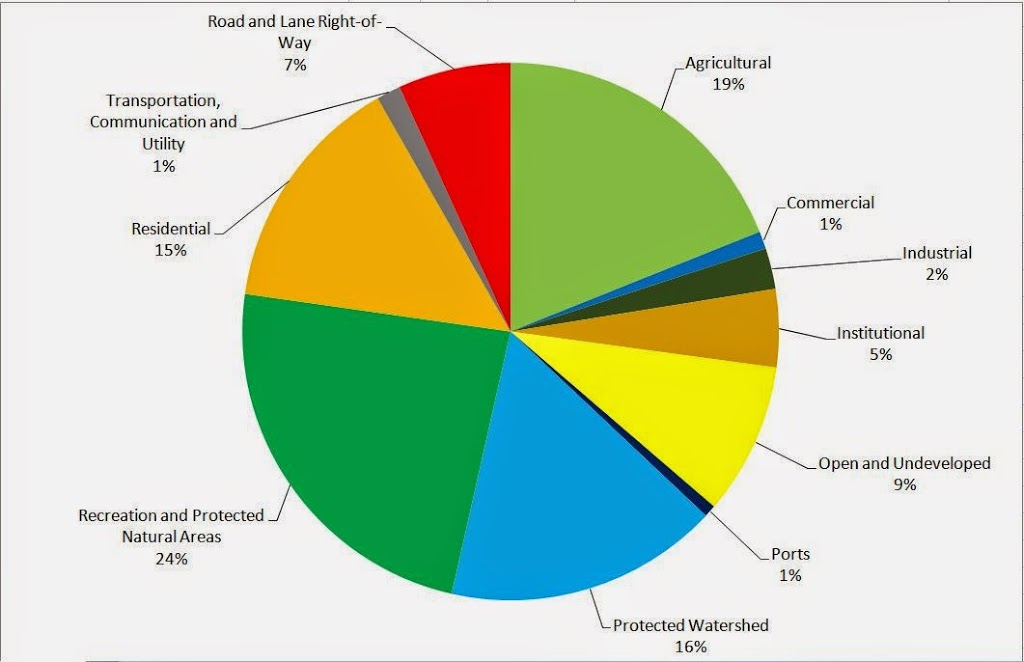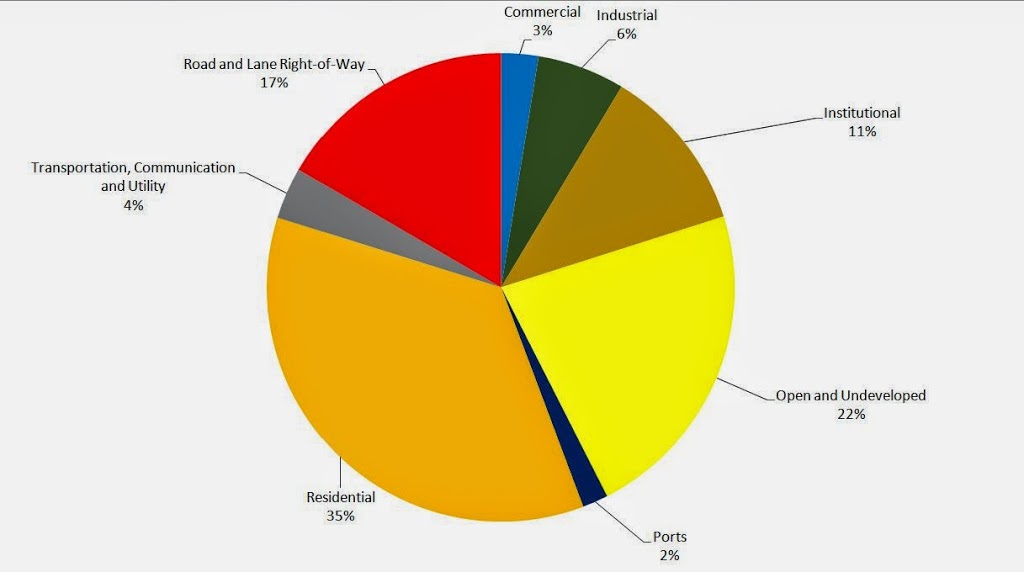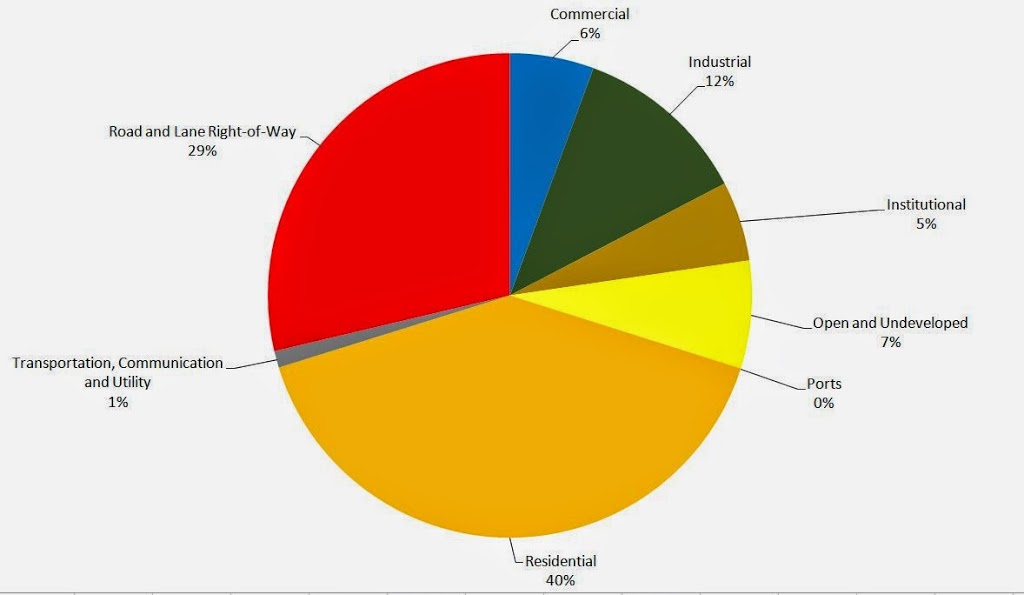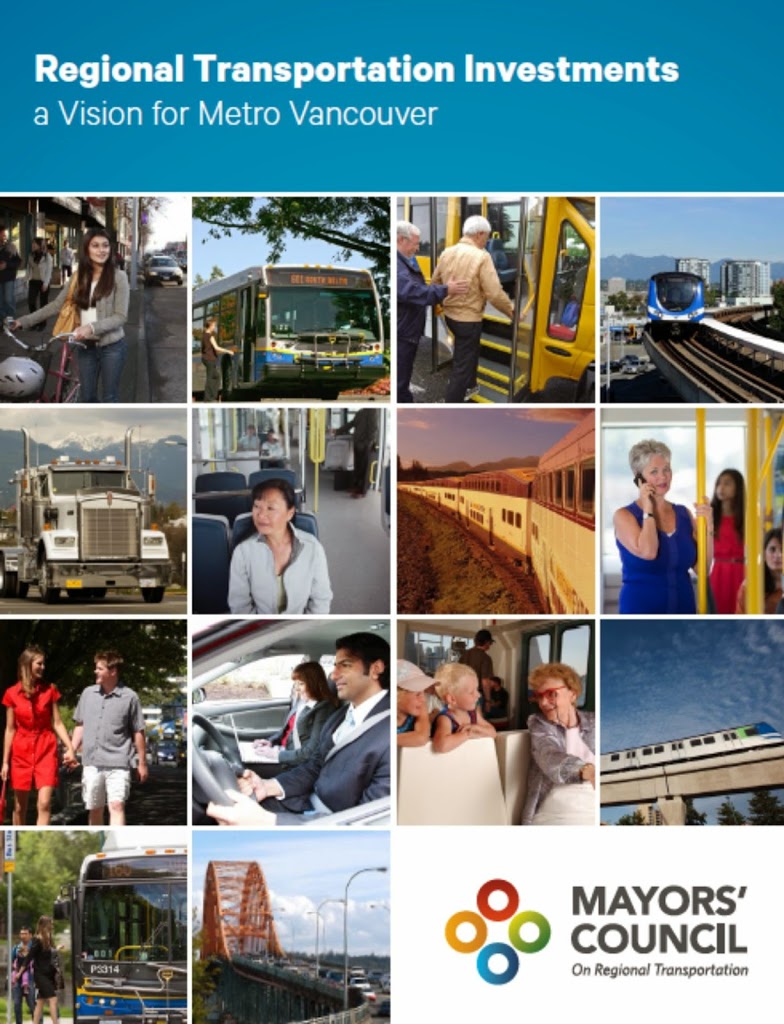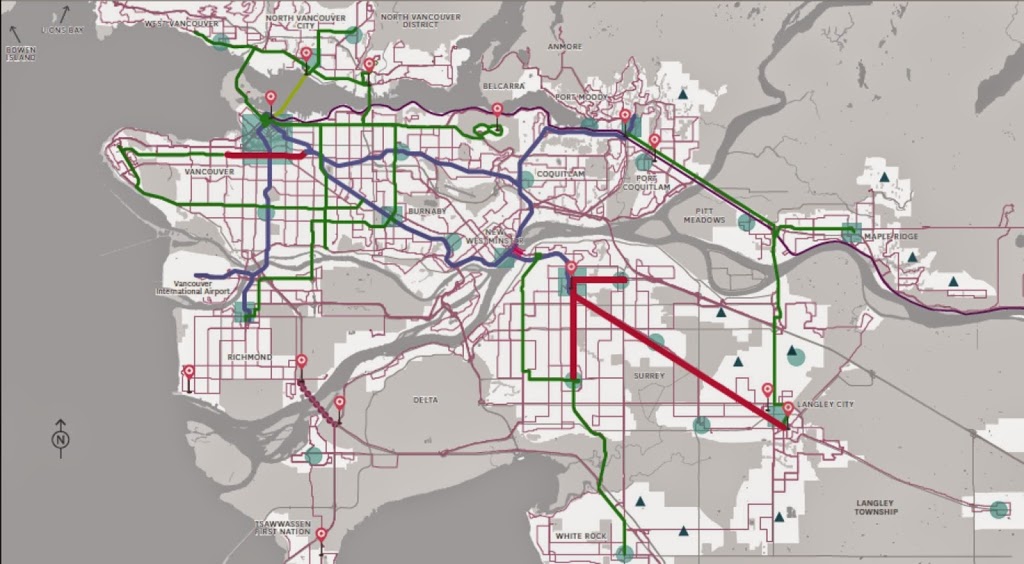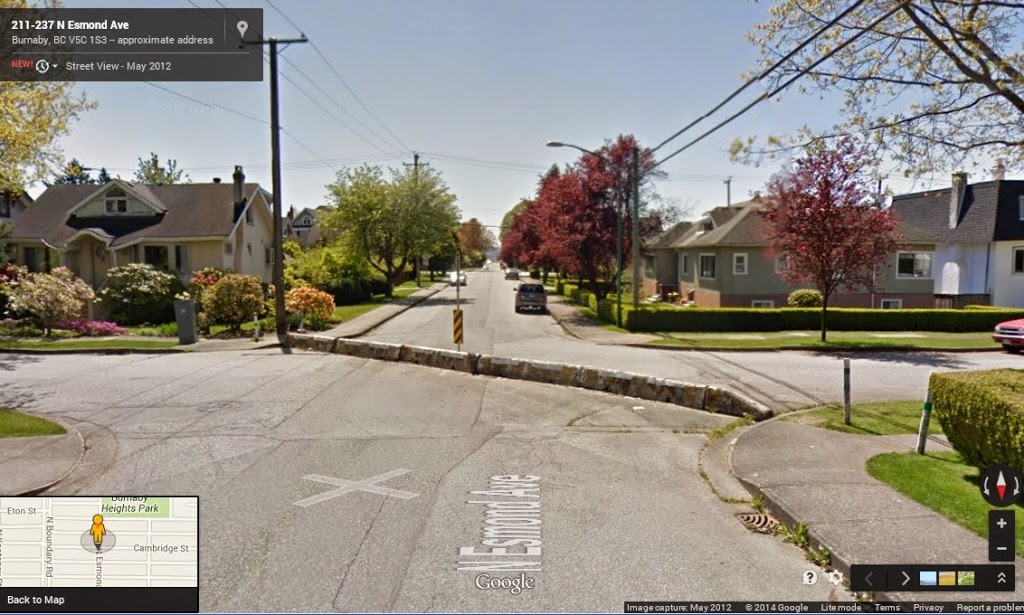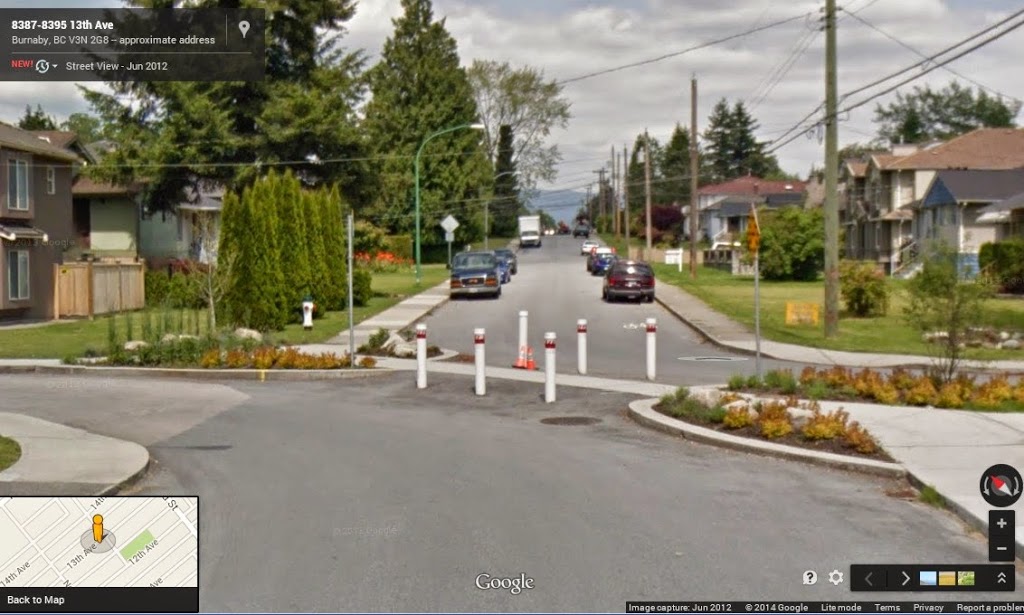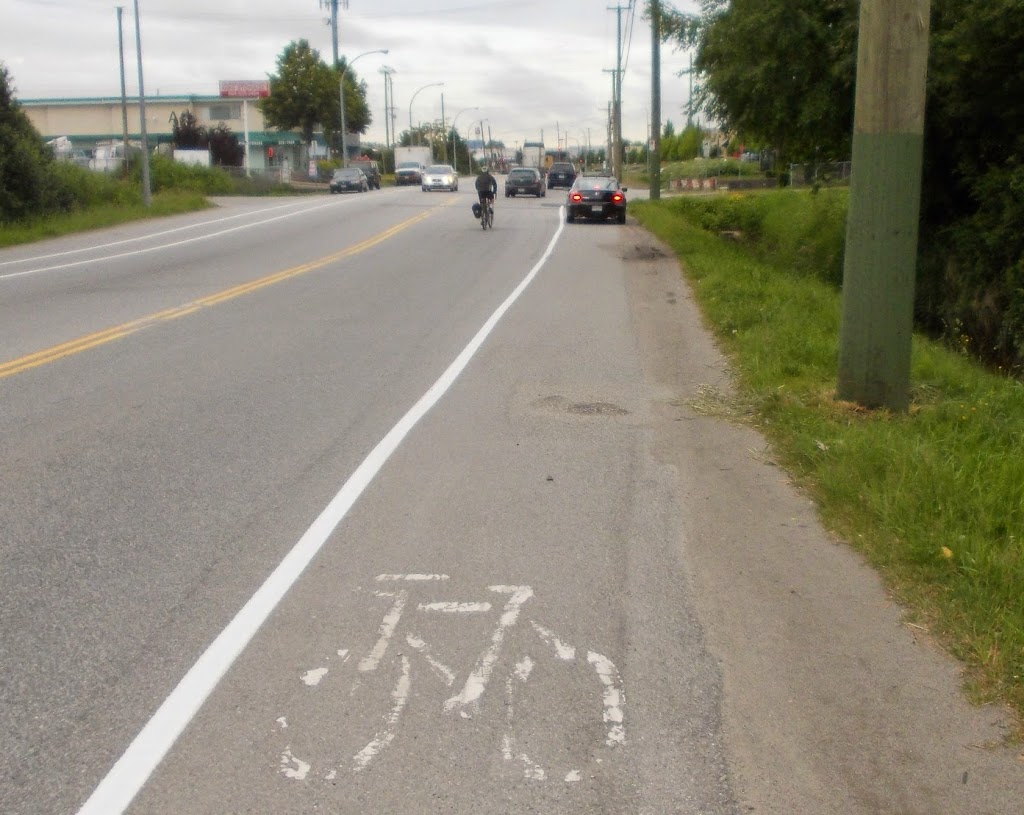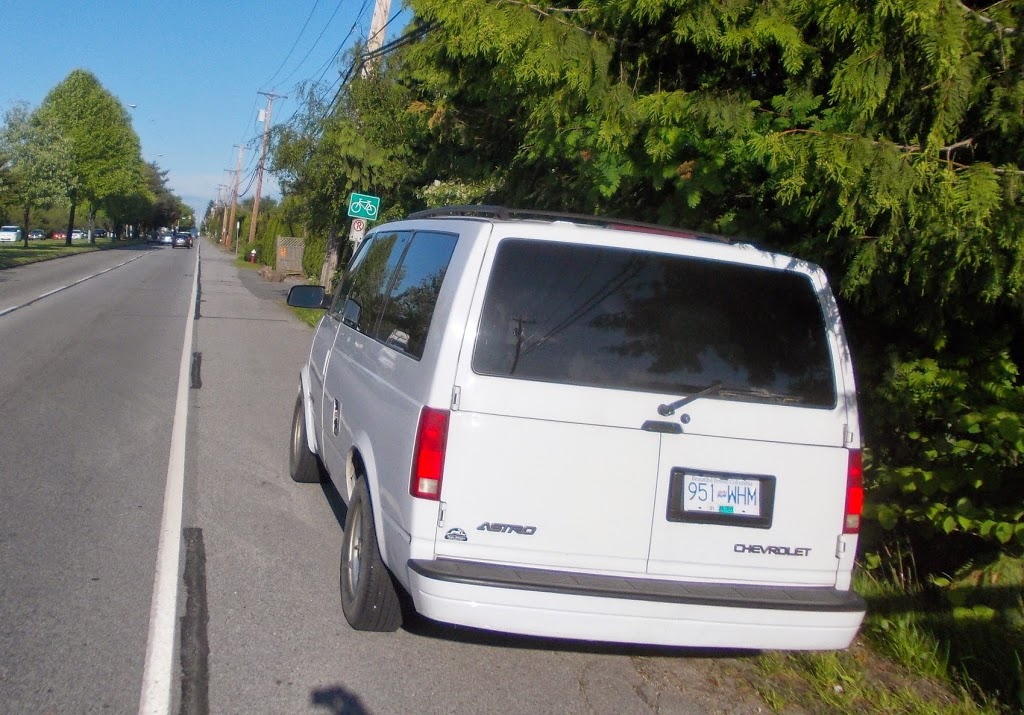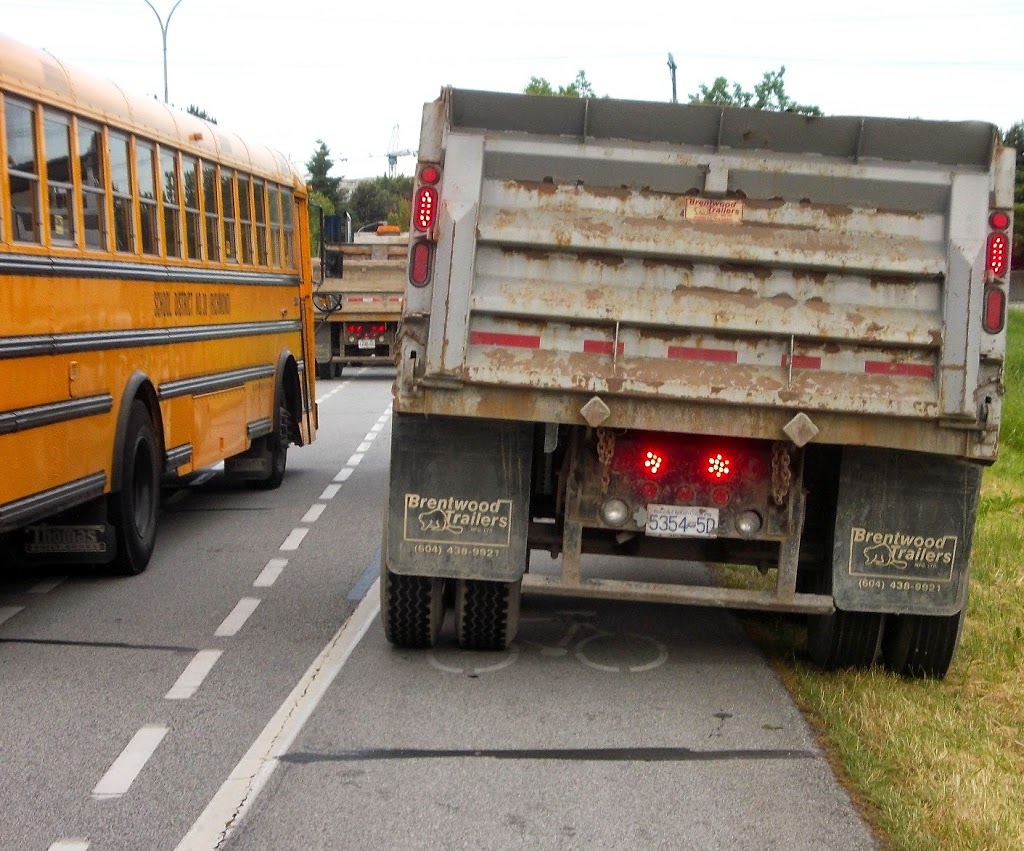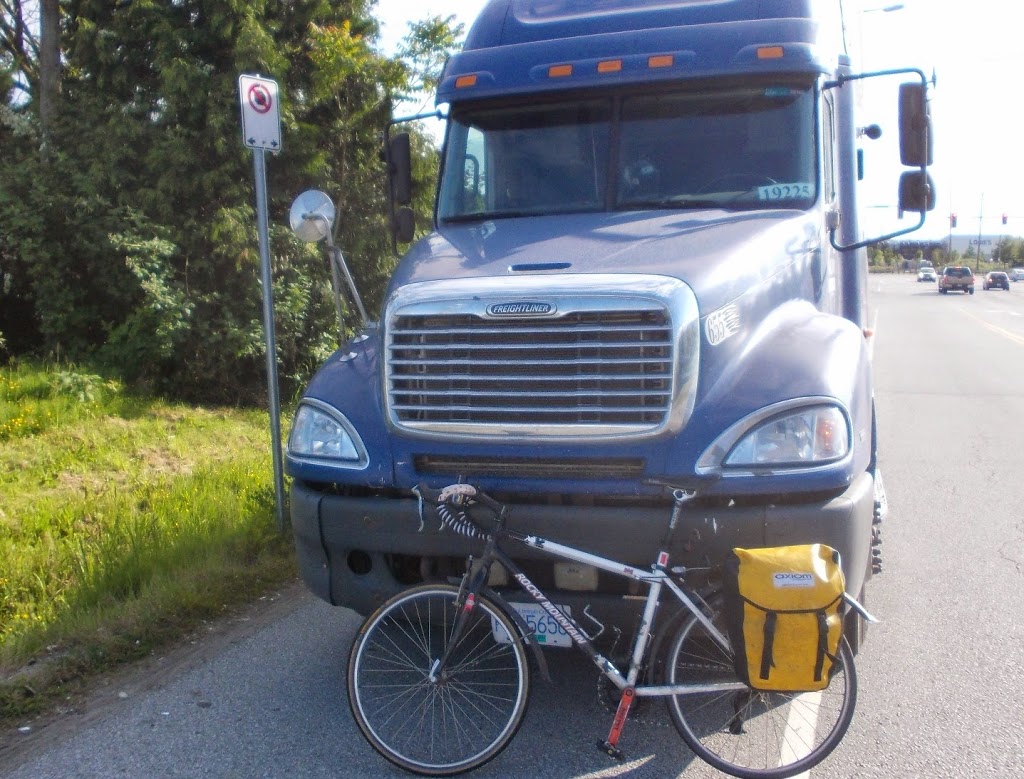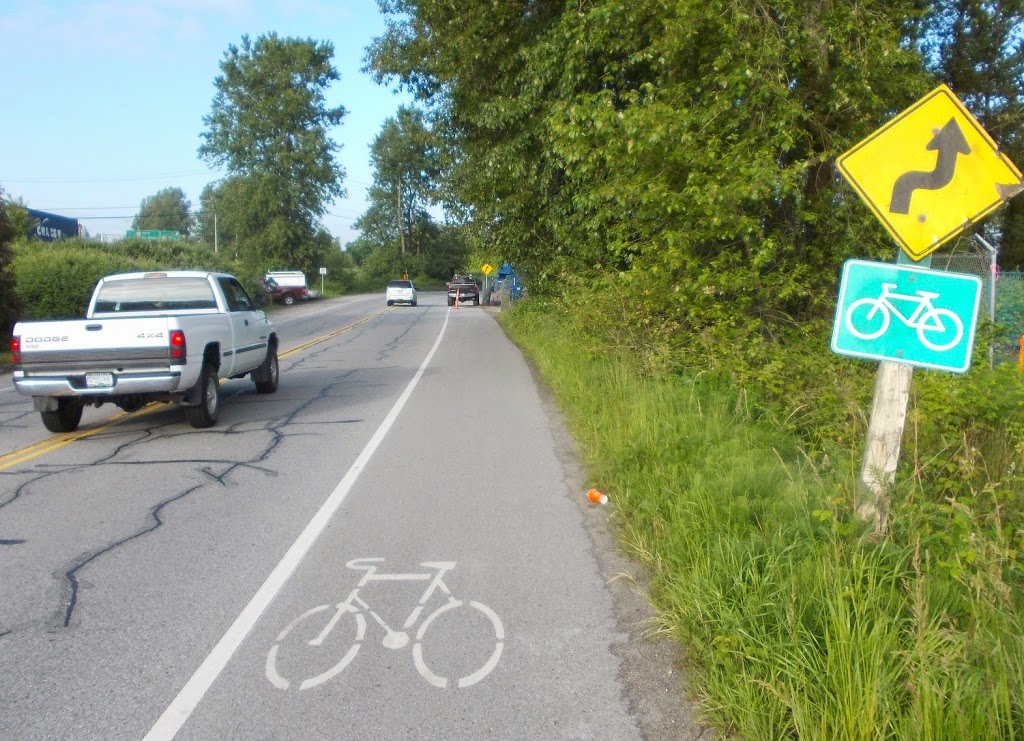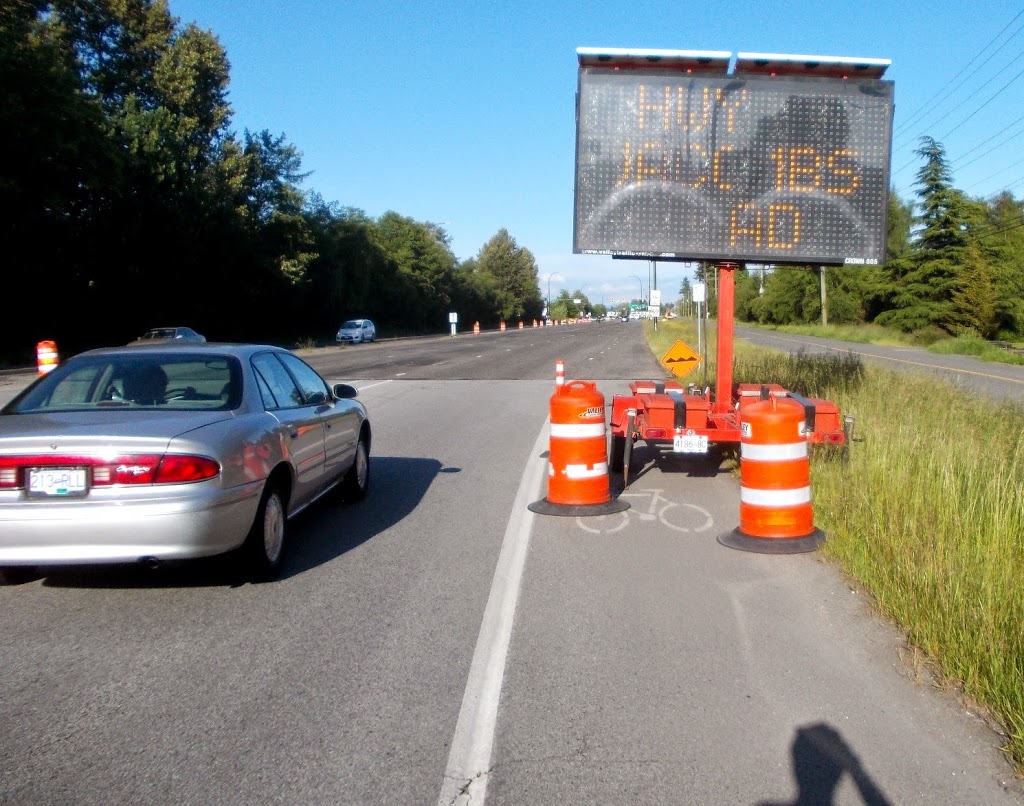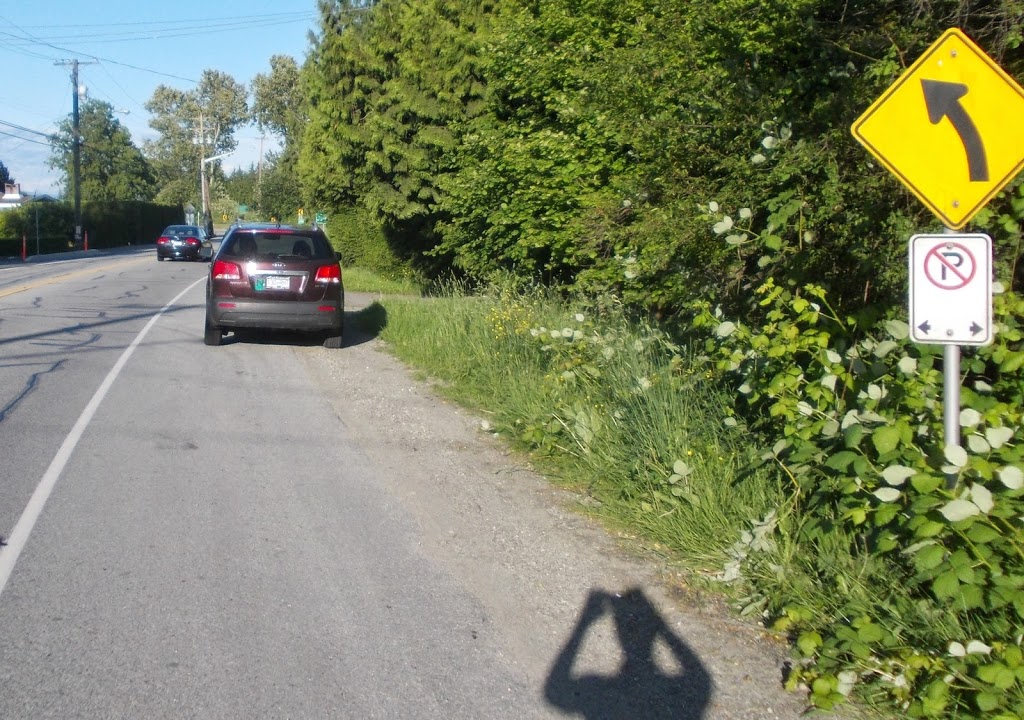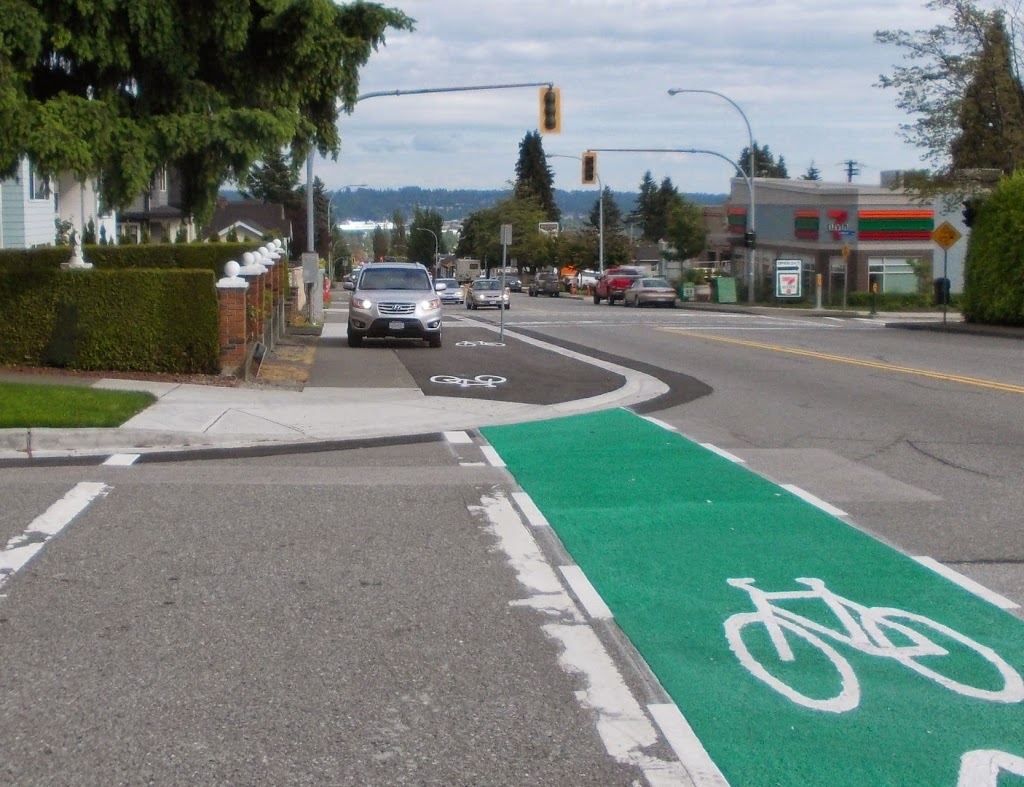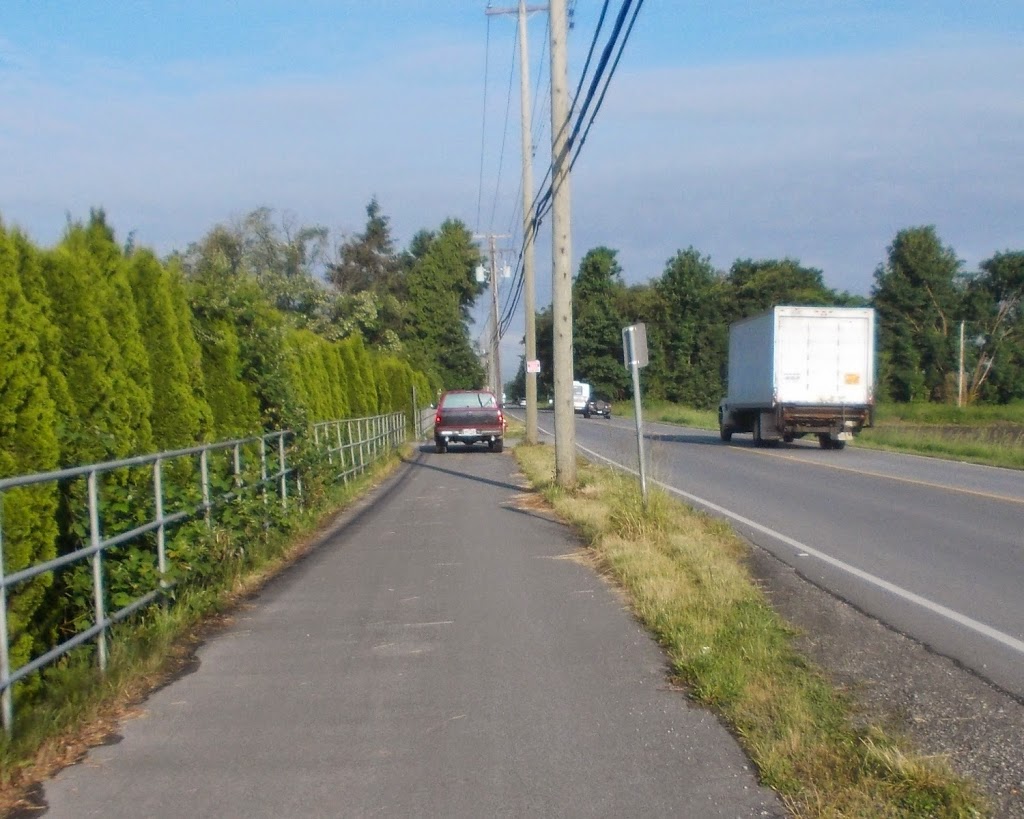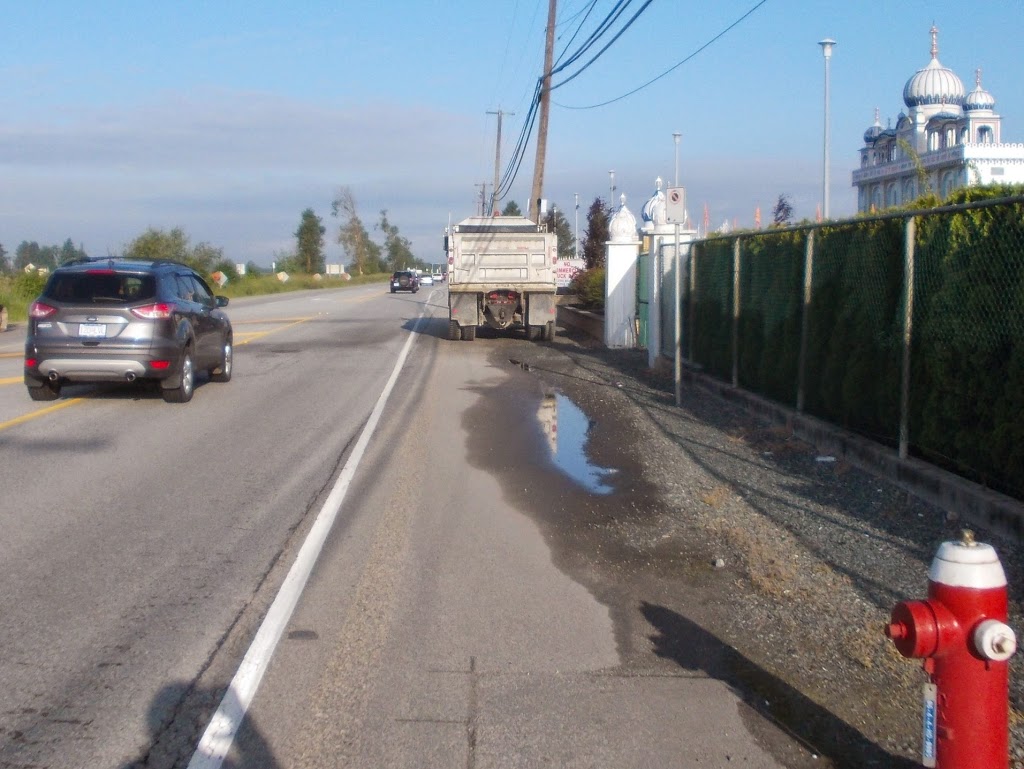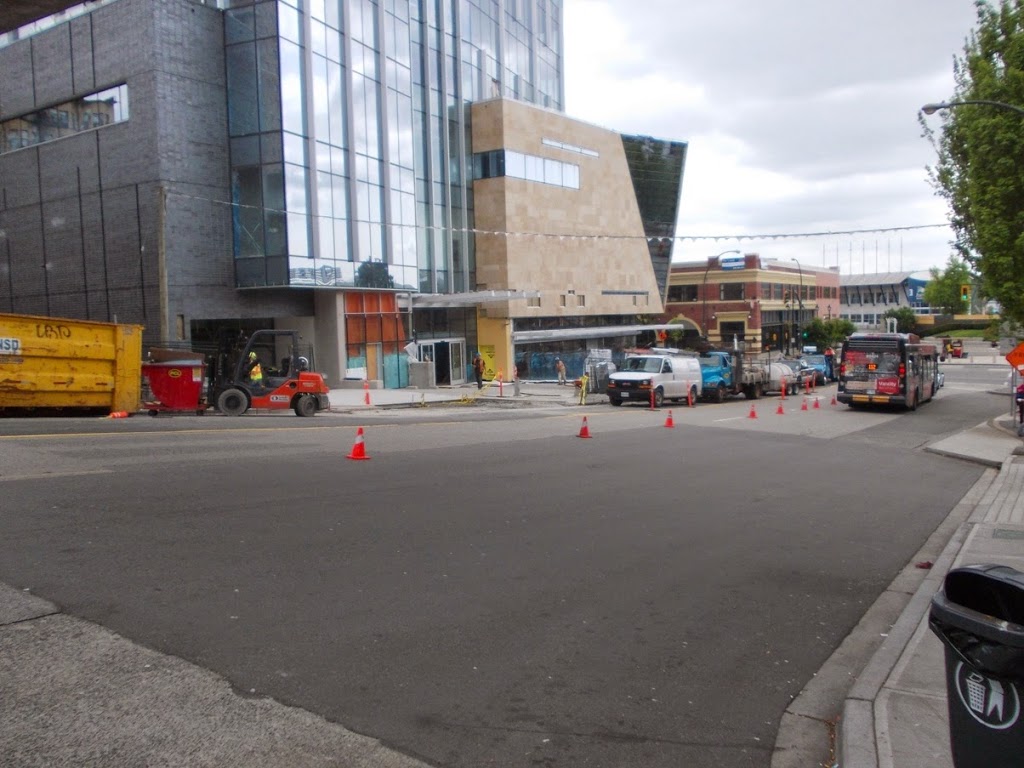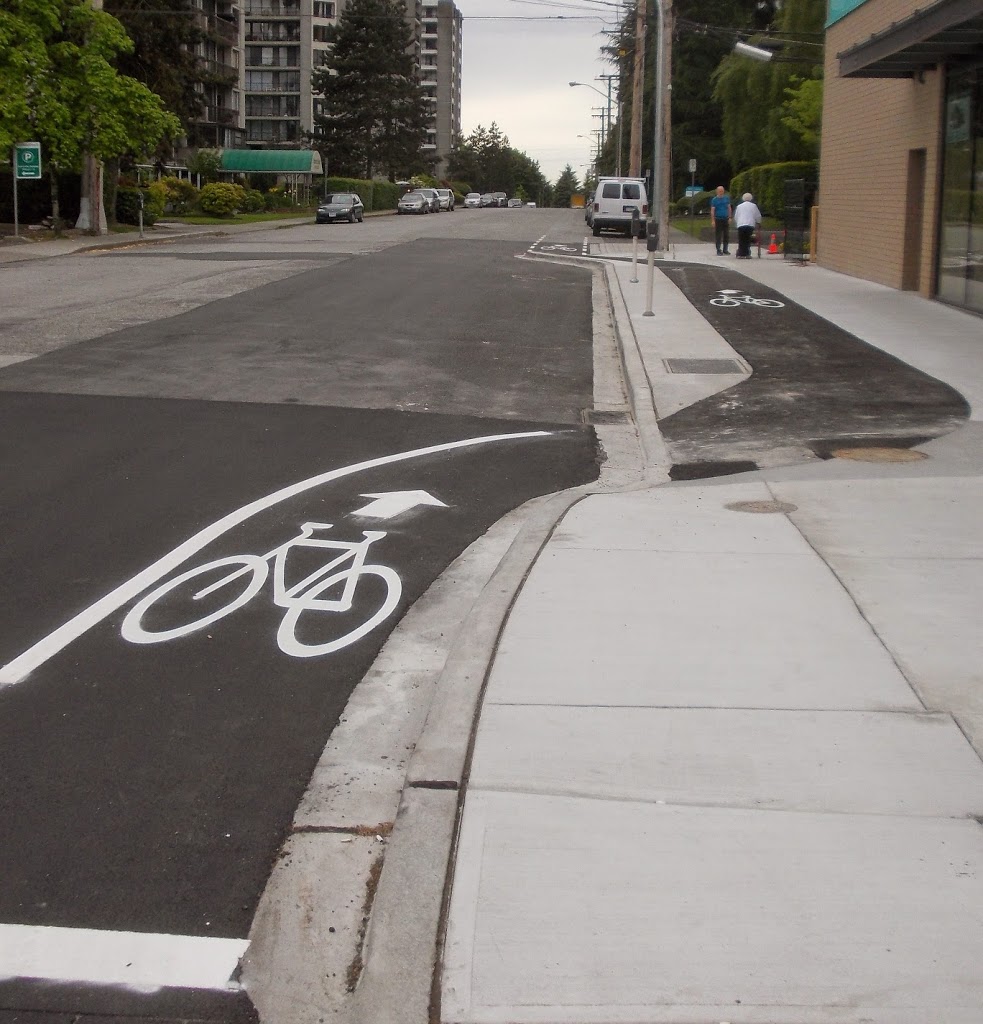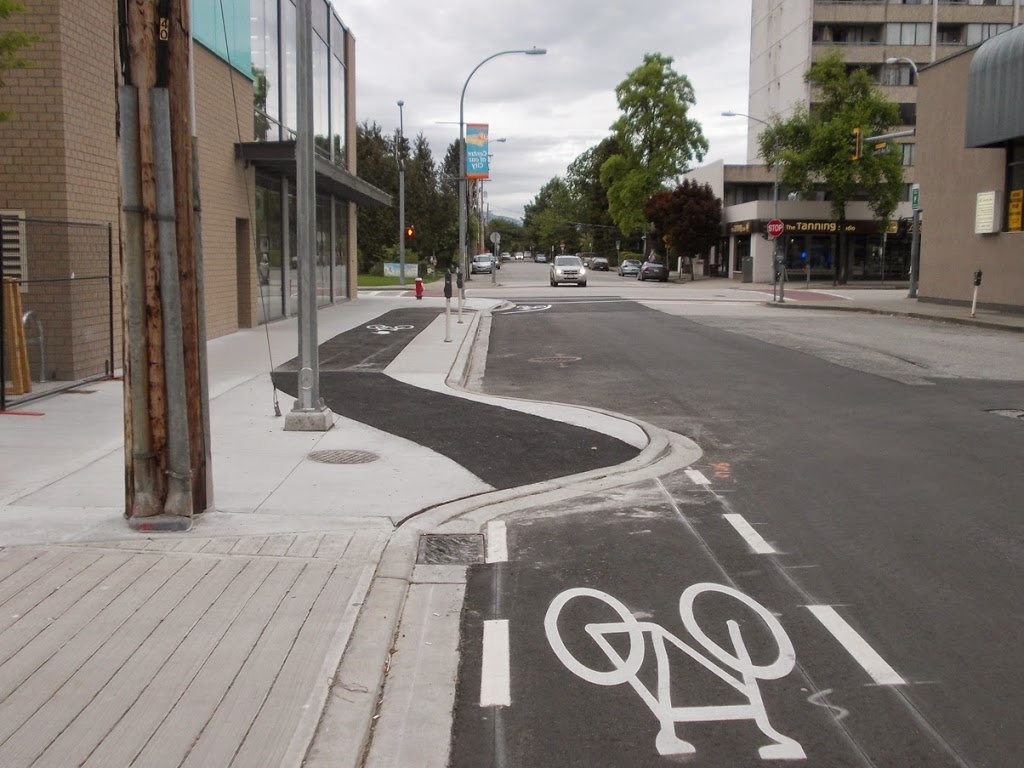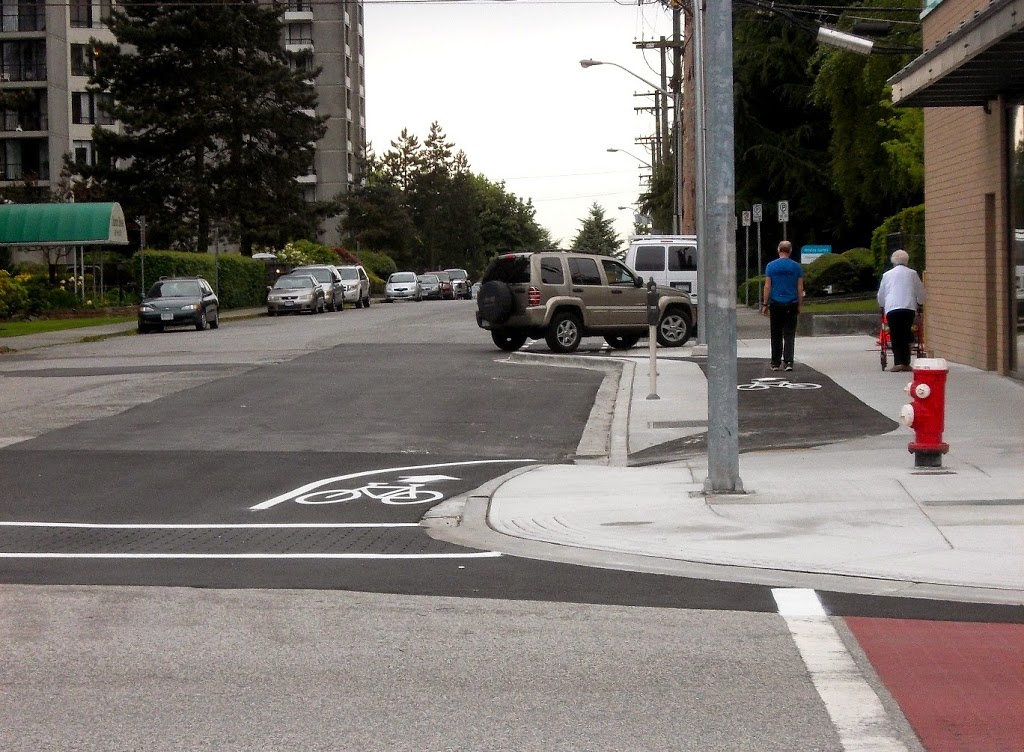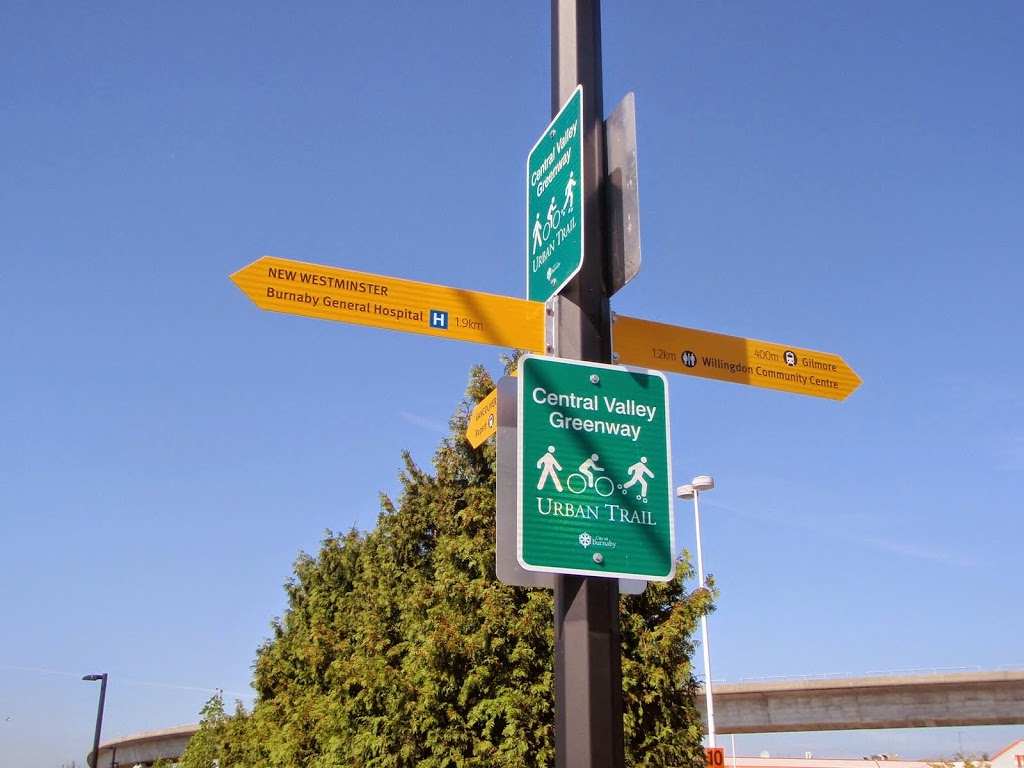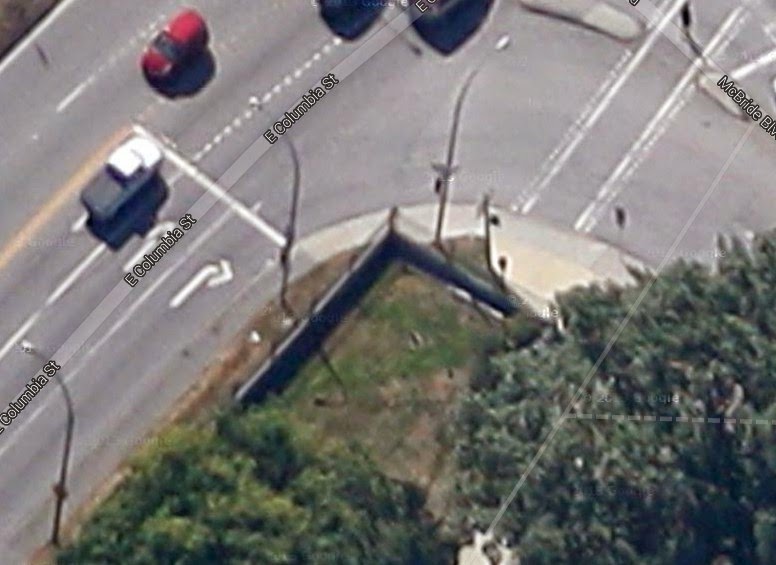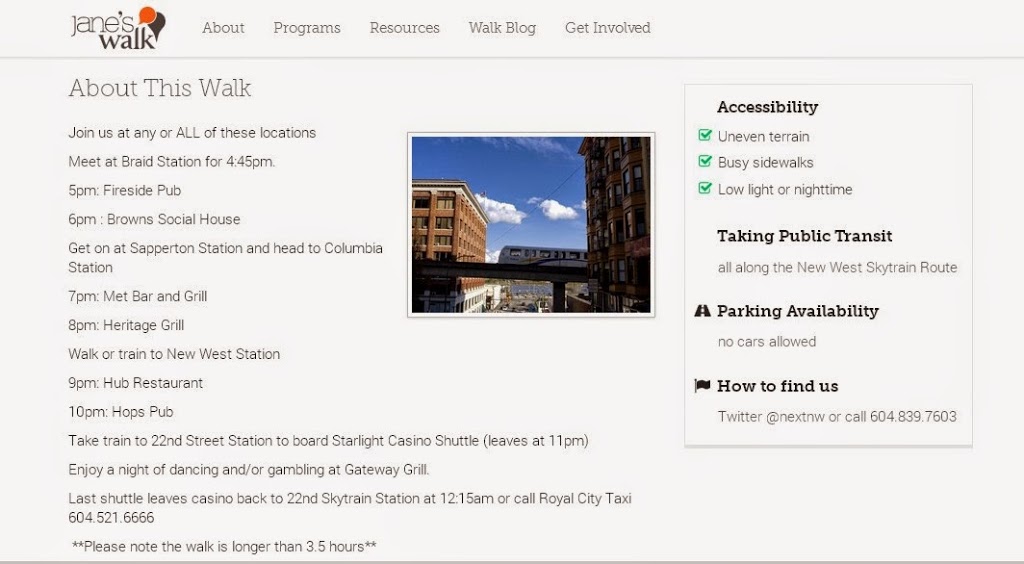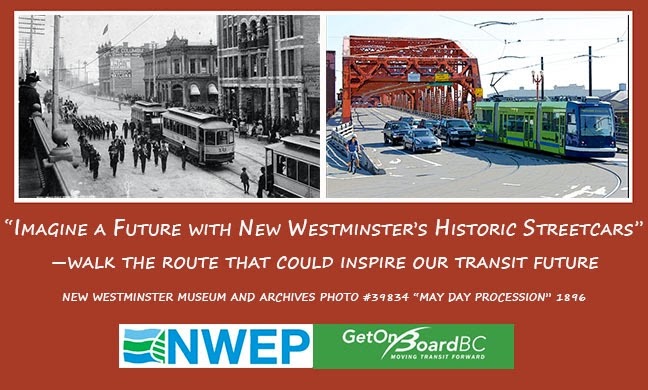I’m having a hard time finding time to write blog posts these days. There is much happening on many fronts, pretty much all good stuff, so no worries.However, this story got my gander up, so I am staying up to midnight on a work night to vent, or I’ll sleep the sleep of the angry – and that’s never good.
The crosswalk situation at McBride and Columbia sucks, and it needs to be fixed. Asking staff to do “more review” at this point (as New Westminster Council did) is a dodge, and I hope to hell no-one gets hurt on that corner before something is done. The topic of this crossing even came up during last weekend’s Jane’s Walk that passed nearby, and it was happily reported that Council was finally going to address this issue on Monday. I cannot believe the ball was dropped so resoundingly. I am astonished.
To understand my disappointment, we need to step back a bit. The crosswalk at McBride and Columbia is part of the Central Valley Greenway. This is (arguably) the premier inter-regional Greenway in the Greater Vancouver region, opened with some fanfare in 2009, as a partnership between New Westminster, Burnaby, Vancouver and Translink, with significant funding provided by both the Provincial and Federal governments. It is a 24-km low-grade route that connects Downtown New Westminster to False Creek, via the Brunette River and the Grandview Cut. This route works as the new central corridor for Greenways through three Cities. It represents the single largest one-piece investment in Greenway infrastructure in the region’s history. The CVG is a Big Deal for sustainable and active transportation types. It’s not prefect, but it is well used, and a real success story.
The CVG also happens to be the lowest-grade active link between Sapperton and Downtown – a point emphasized because of the constant lament about New Westminster’s hills making it a tough town for walking and cycling. The CVG along Columbia is low-grade, easy and safe to use (for the most part), and should be celebrated more. This is probably the most important active transportation link in the City – and will be until the not-yet-built pedestrian link to Queensborough is completed, but I run the risk of serious digression there, so let’s stay on topic.
The point of this background? Of all the intersections in the City where there may be a push-pull between accommodating pedestrian/cyclist/disabled safety and managing other factors such as throughput and heritage treatments, this is one where the emphasis must be on the active transportation users. If not here, then where?
As a transportation design issue, no-one is arguing the intersection isn’t problematic. The grades are bad, the sight-lines are terrible, the traffic is thick, and includes a constant flow of large trucks that require much larger turning radii than other vehicles. To put a poorly-operating pedestrian crossing in the middle of this mess is to invite disaster. This is why we need to throw the minimum needs in the standards book out the window, and go above and beyond to make this vitally important intersection safe for all users.
 |
| First of several Google images you can click to make bigger. |
Here is the problem, and fortunately, Google provides enough different views of the intersection, we can see how it has evolved in attempts over the last several years to solve the problem.
This image shows the original design (this looks like around 2006, best I can tell, prior to the construction of the CVG), with the crosswalk (paint almost worn away) going corner-to-corner as in any typical intersection. The crosswalk was at the foot of McBride, where the road is exceptionally wide due to the need to accommodate the aforementioned Big’ol Semi turning radius. The crosswalk was 26 m long (when compared to a typical urban lane width of 3.5m, the crossing was equivalent to crossing more than 7 lanes of traffic), and not particularly well marked. There was a right-turn-only lane from Columbia to McBride which operated in synch with the usual light signals.
The primary problem with this configuration was the extreme length of the crossing, which challenged some pedestrians to make the crossing on a single signal. Another issue was that the east crossing point is 10m from where the CVG proposed to dump cyclists and pedestrians onto the sidewalk. The grade on this piece of sidewalk is almost 15%, providing cyclists, people with mobility issues, and those in wheelchairs an almost insurmountable slope upwards, and a frankly dangerous one downhill, when failing to stop would launch you into heavy traffic.
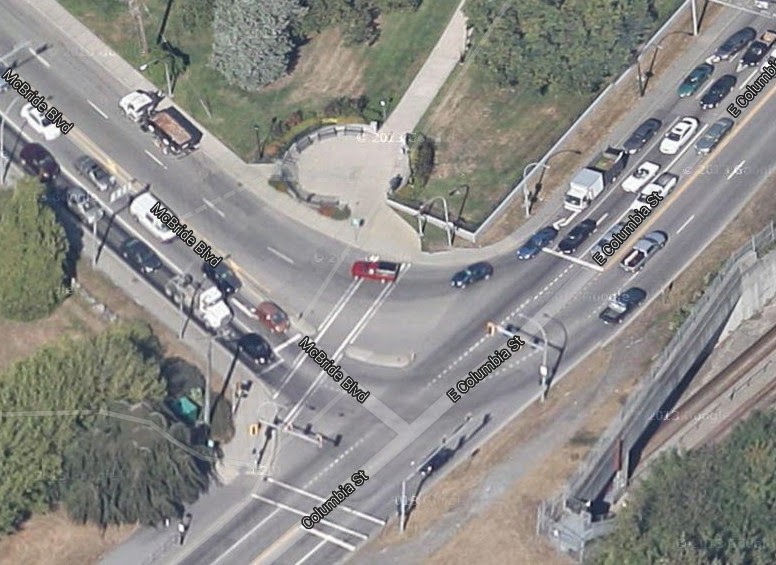
The fix that was implemented a couple of years ago was to move the crosswalk half-way up the hill and mark it more clearly (note, “zebra striping” is one of those things that no longer meets the “standards”, but would no doubt assist here). This reduced the crossing length marginally, and cut the steep slope length to make the east sidewalk more useable. The right turn light was also changed to make it turn red – no right turn when a pedestrian pushed the crossing button. They also cut a slot through the mid-road island, making the crosswalk accessible.
Problem is, moving the sidewalk up the hill makes the sidewalk essentially invisible to the people making the right turn until they are well into hill-climb acceleration mode. The variety of slope and direction factors are exacerbated by the presence of the Heritage Wall. This view in Google Earth rally shows the issue with visibility of the crosswalk and the stop line:
Potentially worsening the situation, the right-turn-only light was no longer synched with the through-traffic lights, but was pedestrian-activated, creating confusion for the half-attentive driver, especially when they can’t see the crosswalk. No surprise, the half-solution to deal with the initial crosswalk design found the problem only half solved, yet spawned other issues altogether.
A once-considered proposal to remove the corner of the wall would be another half-solution. It would indeed improve the visibility, but not fully address the slope issue, or the non-compliance issue with the right-turn only light. Staff suggested it would also require a metal railing be installed to stop corner-cutting by pedestrians. All that, and more loss of the heritage structure – not a great compromise.
The long-sought solution was to create a new opening in the wall, 3m wide or so, closer to the bottom of the hill. This would allow the crosswalk to return to the corner where visibility is optimum, but would also allow a connection to the CVG via a new paved walkway with a gentle 3.5% slope that is accessible for cyclists of multiple fitness levels, people with mobility issues, and wheelchairs. For the cost of one 3 – 5m opening in a 300m-long “Heritage Wall”, we can make this important link work for all users, and markedly increase the safety of people using this regionally-important route. Combined with a more progressive approach to pavement marking (yes, this would be an appropriate place for a greenway crossing marked with green or blue paint, similar to what you see in other jurisdictions), this has a potential to be a real success story.
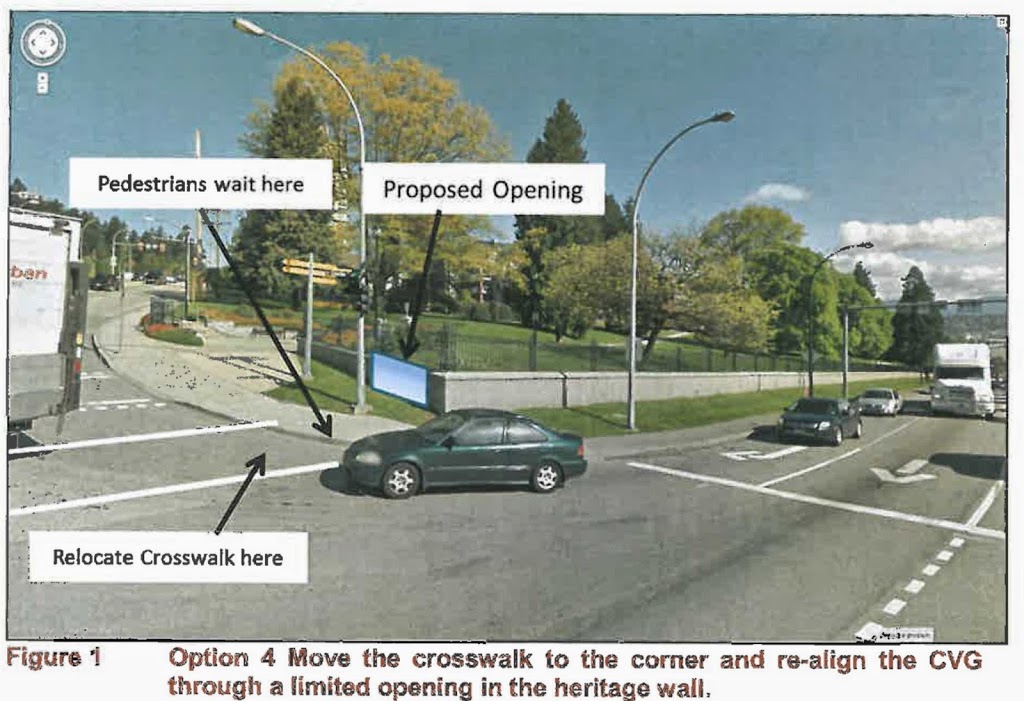
I need to emphasize, this is the solution suggested by the engineering staff, working on their own best data, bolstered by analysis from their external consultants and the committee that advises on pedestrian and bicycle safety issues. This issue has been ongoing since the CVG opened in 2009, and several attempts to address it have happened over the last 3 years, as outlined in the Report to Council. Even in the Google Earth images you can see the history of these attempts that are described in the report: adjusted geometry, changes in signal operation and placement, signage changes, even directed enforcement and monitoring. The best solution from a pedestrian safety standpoint is not an issue of debate at this point, every option has been explored.
So I was especially exasperated listening to a few Councilors speculating how staff should maybe think about changing pavement markings, or adding flashing lights, or report back on other approaches, as if these are novel ideas never considered by the people who have been banging their head against the problem for 5 years. With all due respect, does the Councilor seriously think that through three years of engineering staff time, committee meetings by at least three City committees (two who are dedicated to discussing accessible transportation issues), and the hours spent by the team of professional traffic consultants hired to develop and assess the best alternatives – IT NEVER OCCURRED TO THEM TO SEE IF ADDING A FREAKING FLASHING LIGHT WOULD WORK!?!
(…deep breath… count to 10….)
Ultimately, Council made a non-decision that is actually a bad decision. To be generous, some fault for this may lie in the inability of staff to transmit the information in a way that prompted action, or even on me and my fellow advocates for safe transportation for not showing up to delegate and explain the urgency of this situation to Council. I cannot believe that Council, if considering this as primarily a safety issue (it is), would not decide to take the advice of Staff, Consultants and Committees, and fix the damn thing when they have the chance.
In my mind, the only question here is how to we make this vital crossing as safe as possible for all users, recognizing limited financial resources (which precludes things like overpasses or 24-7 enforcement of the right turn light). This is one of those situations where something has to give: we cannot maintain 100% of the heritage wall, have a safe accessible pedestrian crossing, and have a road designed to accommodate Big’ol Semis turning up the hill.
I would choose safety first.

